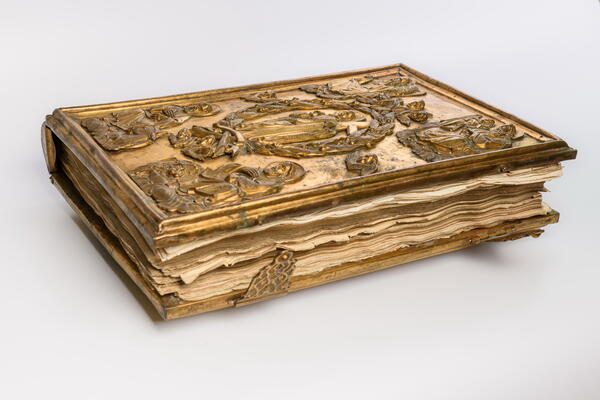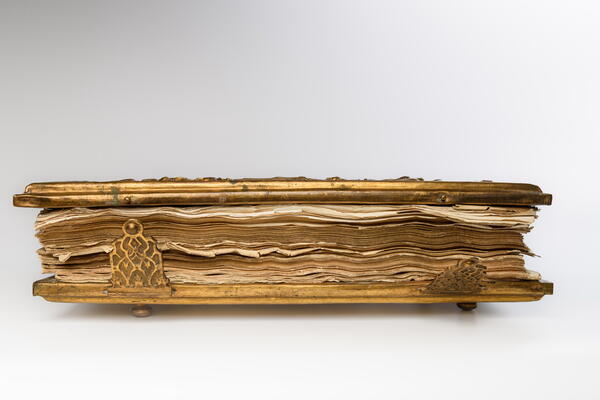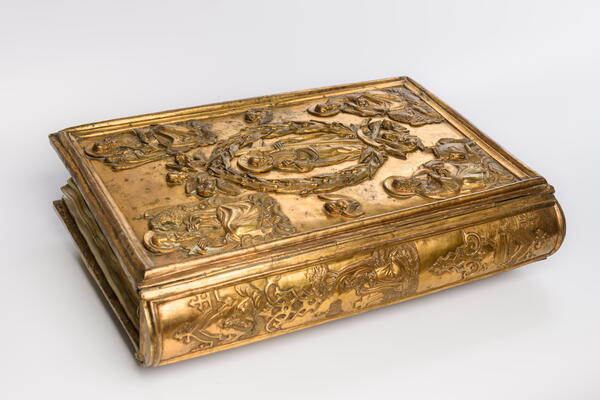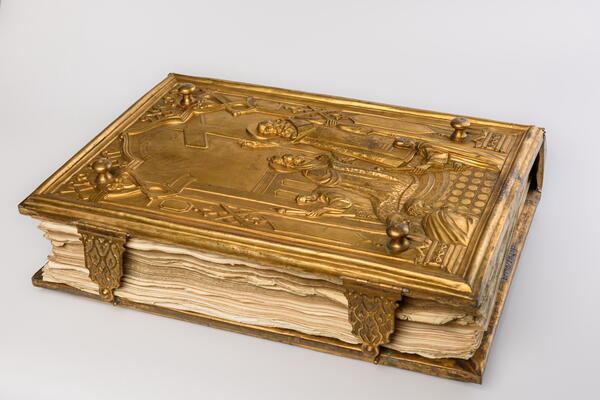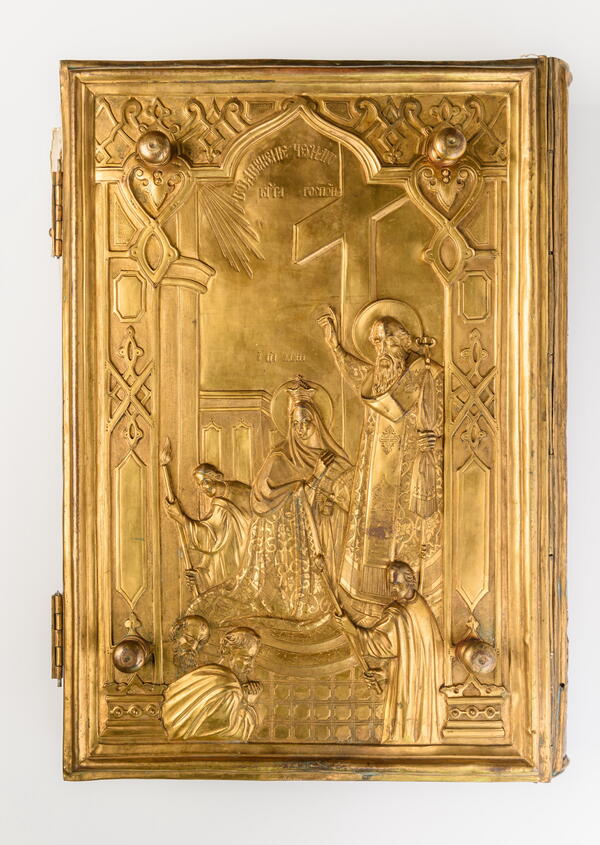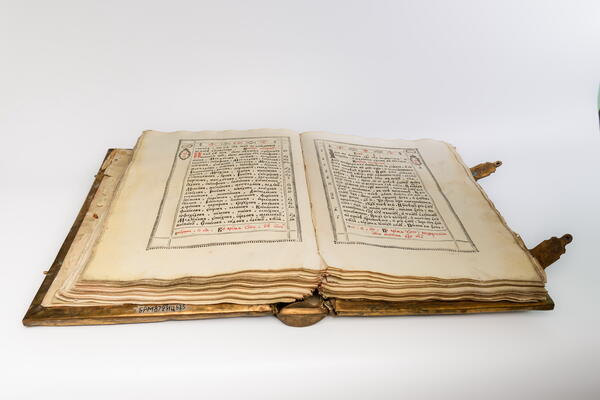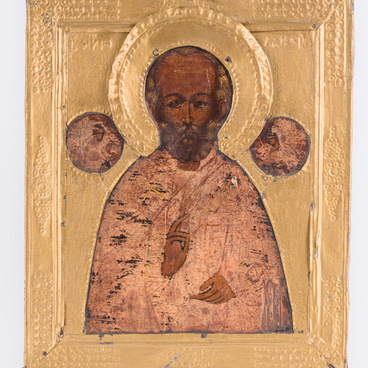The Gospel occupies a special place in the history of book culture. The Greek word for Gospel “Evangelium” means “good news” — a testimony of the coming of the promised Messiah and the Kingdom of God.
Of the many Gospels created in the early period of Christianity, the church recognized as canonical four written in the 1st century by the apostles Matthew, John, Mark and Luke. The authorship was never indicated: the evangelists themselves recognized Jesus Christ as the only true author, and called themselves an instrument of the Holy Spirit.
In the structure of the entire Bible, the Gospels serve as a link between the Old and New Testaments. All of them are devoted to the description of earthly life, sermons, sufferings on the cross, death and Resurrection of the Savior, but they differ in original addressees and stylistic features.
The first Gospel belongs to Matthew the Apostle and is addressed to the people of Israel. It is replete with references to the Old Testament prophecies that come true in Christ, the emphasis is put on the Savior’s human nature and service.
St. Mark created a vivid and at the same time accessible narrative about the miracles of Christ and His Royal omnipotence for former Roman pagans, who became Christians. This Gospel is shorter than the others and is distinguished by the simplicity of the style.
Luke the Evangelist addressed his Gospel to the Christians of Antioch. He focuses on the Savior’s sacrifice on the cross offered for the entire human race and uses a large number of parables and episodes of Christ’s merciful attitude towards the pagans.
Chronologically, the last Gospel was compiled by the beloved disciple of Christ John the Theologian for the Christian communities of Ephesus. The most profound in terms of theological elements, it includes episodes and conversations not mentioned by other evangelists and detailed sermons. Christ appears in this Gospel as the promised Comforter, his divine dignity is revealed.
The presented Gospel was intended to be placed on the altar. It was produced at the Moscow Printing Yard. In addition to the actual texts of the Gospels, the book contains hagiographies of the evangelists and indexes. The text is in black and red ink. It is accompanied by engravings, linear black-and-red frames and engraved decorative frames based on designs cast on metal sheets, as well as 40 graphic headpieces, 20 tailpieces and 88 initials.
The yellow metal revetment with two clasps is decorated with embossing. The front cover features a depiction of Christ with the evangelists, the back one — “The Elevation of the Holy Cross”, and the spine — “Agony in the Garden of Gethsemane”.
The artifact is one of the first exhibits of the Balakhna Museum Complex of History and Art.
Of the many Gospels created in the early period of Christianity, the church recognized as canonical four written in the 1st century by the apostles Matthew, John, Mark and Luke. The authorship was never indicated: the evangelists themselves recognized Jesus Christ as the only true author, and called themselves an instrument of the Holy Spirit.
In the structure of the entire Bible, the Gospels serve as a link between the Old and New Testaments. All of them are devoted to the description of earthly life, sermons, sufferings on the cross, death and Resurrection of the Savior, but they differ in original addressees and stylistic features.
The first Gospel belongs to Matthew the Apostle and is addressed to the people of Israel. It is replete with references to the Old Testament prophecies that come true in Christ, the emphasis is put on the Savior’s human nature and service.
St. Mark created a vivid and at the same time accessible narrative about the miracles of Christ and His Royal omnipotence for former Roman pagans, who became Christians. This Gospel is shorter than the others and is distinguished by the simplicity of the style.
Luke the Evangelist addressed his Gospel to the Christians of Antioch. He focuses on the Savior’s sacrifice on the cross offered for the entire human race and uses a large number of parables and episodes of Christ’s merciful attitude towards the pagans.
Chronologically, the last Gospel was compiled by the beloved disciple of Christ John the Theologian for the Christian communities of Ephesus. The most profound in terms of theological elements, it includes episodes and conversations not mentioned by other evangelists and detailed sermons. Christ appears in this Gospel as the promised Comforter, his divine dignity is revealed.
The presented Gospel was intended to be placed on the altar. It was produced at the Moscow Printing Yard. In addition to the actual texts of the Gospels, the book contains hagiographies of the evangelists and indexes. The text is in black and red ink. It is accompanied by engravings, linear black-and-red frames and engraved decorative frames based on designs cast on metal sheets, as well as 40 graphic headpieces, 20 tailpieces and 88 initials.
The yellow metal revetment with two clasps is decorated with embossing. The front cover features a depiction of Christ with the evangelists, the back one — “The Elevation of the Holy Cross”, and the spine — “Agony in the Garden of Gethsemane”.
The artifact is one of the first exhibits of the Balakhna Museum Complex of History and Art.


